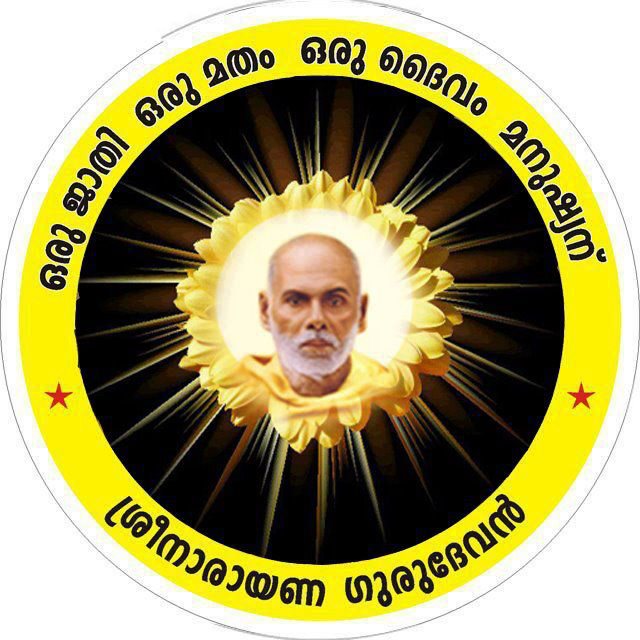Friday 15 March 2013
The Renaissance Prophet
The Mahashivrathri of 2013 marked the 125th anniversary of a revolutionary consecration rite of a Shivling performed by a non-Brahmin in India. Romain Rolland later described Sree Narayana Guru to be a Jnani of Karma.
The guru's words, deeds and philosophy acted so
forcefully in Indian society that it ushered in a profound cultural
renaissance in the increasingly decadent practice of Hindu worship, pockmarked
with animal sacrifices, absurdly severe untouchability and resultant societal
underachievement.
The
guru consecrated 60 odd temples and was farsighted enough to develop Sanskrit,
Malayalam and English schools in almost all of them. They ushered in the
renaissance which made Kerala a front runner in literacy and education,
resulting in longer life spans and better public health in the country.
Social historians describe the guru as the vanguard of Kerala society's renaissance, leftists to be the torchbearer of rationalism, even agnostics consider him to be the touchstone of rational scepticism.
Many backward castes like Ezhavas consider him and his life to be a source of intense and sometimes chauvinistic pride, while for serious students of modern philosophy he is a great practitioner of refined advaita.
The guru felt that religions cease to matter as one gained supreme knowledge of oneself and of oneness. Many perceived this to be a subtle answer to Gandhiji who had met the guru in Shivagiri, seeking support against conversion.
The guru pointed to the mango tree in his orchard when Gandhiji described the varnashrama dharma as part and parcel of Hinduism. 'The leaves and fruits may have different dharma, but squeeze them and you find the nectar of unitary bliss'.
By the 1920s, the guru had become a living legend. His ashrams in Shivagiri, Alwaye and Aruvippuram were thronged by thousands who sought his blessings and words of consolation.
He convened a world interfaith conference in Alwaye in 1924, and in his Aruvippuram temple, which attracts hundreds of devotees daily, he popularised the ideal where 'mankind thrives in brotherhood sans the divisiveness of caste and religion'. His unitary absolutism would lead him to declare - 'one caste, one religion, one God for Man'.
The significance of the guru lies in his use of the Vedantic ideal as a tool to change society. Nowhere in the guru's work was there room for a drop of blood or a word stemming from hate. He never quarrelled or spoke with passion.
As an epitome of kindliness, he generated such faith that Kerala accepted his gentle counsel as commandments of an absolutist. Emancipator and spiritualist, advaitin and social activist, poet and yogi, the guru's achievement is both unparalleled and unequalled.
B Ashok is an IAS officer and social commentator. The views expressed by the author are personal.
Posted in Hindustan Times :
http://www.hindustantimes.com/ViewsSectionPage/Editorials/The-renaissance-prophet/Article1-1025944.aspx






3 comments:
പഞ്ചാക്ഷരി മന്ത്ര ജപം mp3 format-ൽ ലഭ്യമാണോ download ചെയ്യാൻ കഴിയുന്ന സൈറ്റ് ഉണ്ടെങ്കിൽ അറിയിച്ചാൽ നന്നായിരുന്നു == ഹർഷൻ
http://www.4shared.com/mp3/W9qLYOOk/shiva_panchakshari_mantra.html
http://mp3skull.com/mp3/shiva_panchakshari_mantra.html
Post a Comment